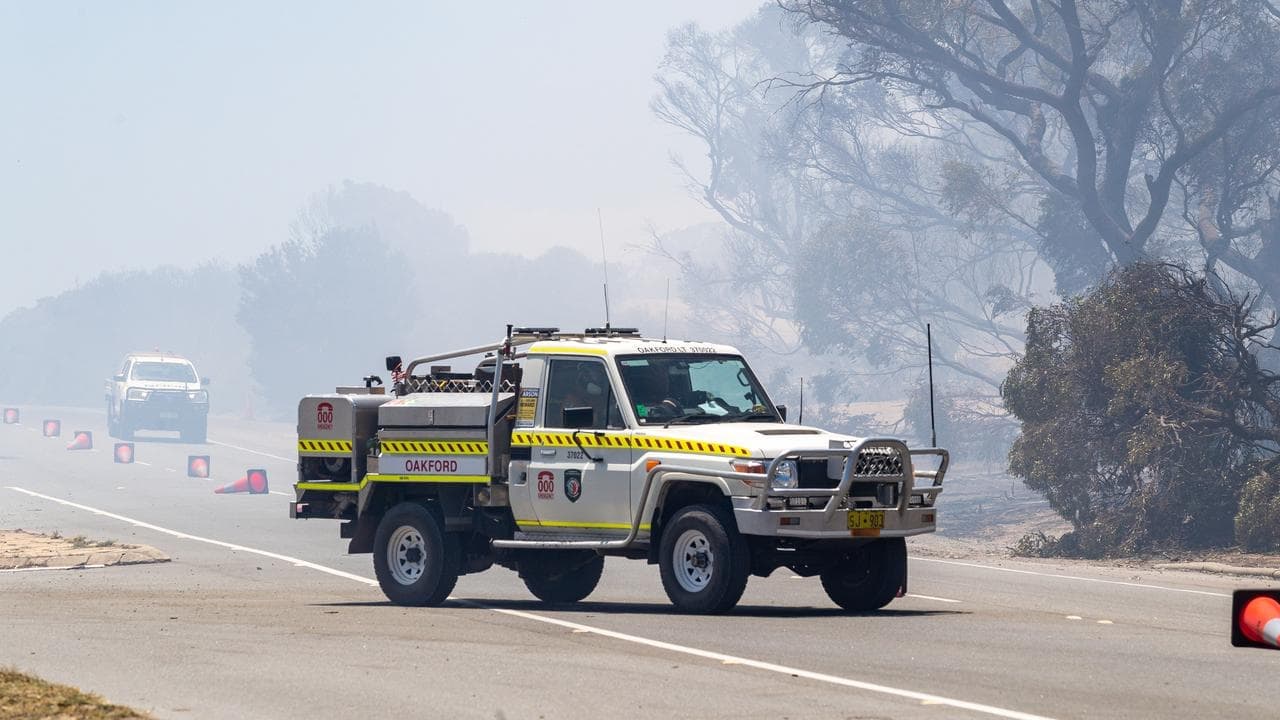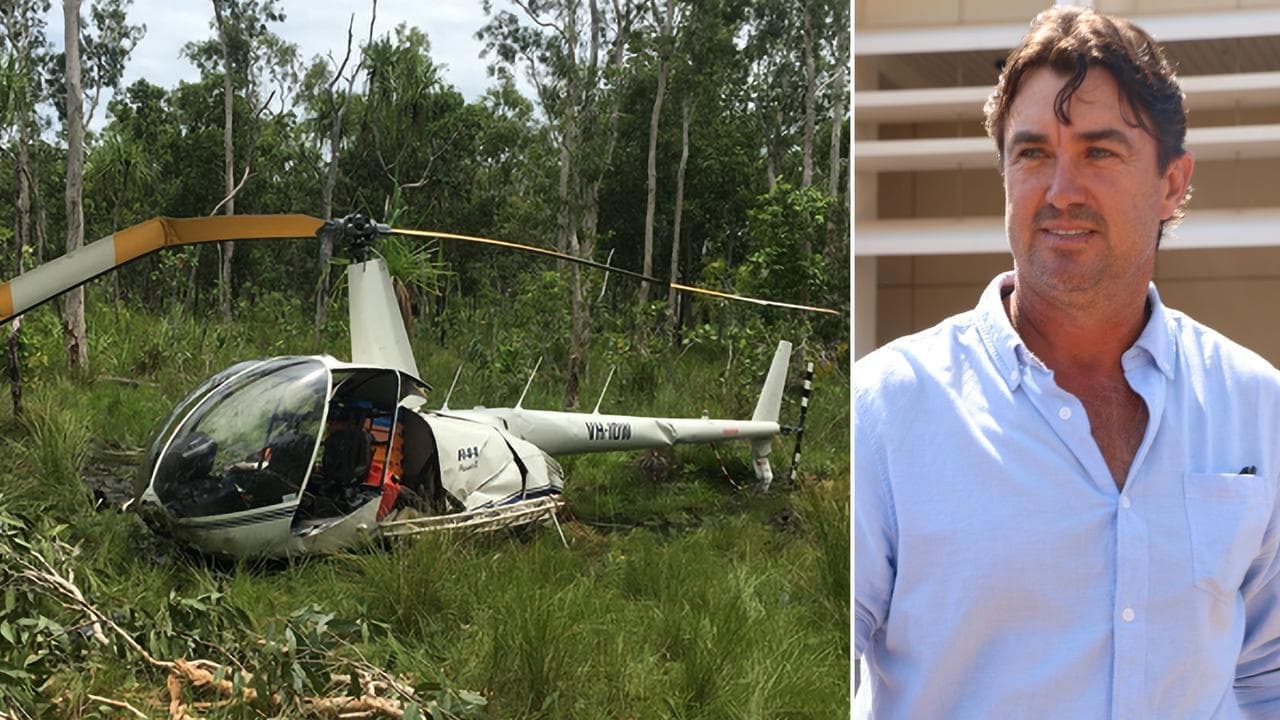AAP FactCheck Investigation: Have Australia's greenhouse gas emissions fallen 17 per cent since 2005 to their lowest levels since 1998?
The Statement
"Emissions fell by three per cent in the year to June 2020, to their lowest levels since 1998, meaning we are now nearly 17 per cent below 2005 levels."
Scott Morrison, Australian prime minister and Liberal Party leader, February 1, 2021.
The Analysis
Australian Prime Minister Scott Morrison has defended the country's carbon-cutting track record, saying the country has been "getting on with it" amid debate about future emissions targets.
Speaking to the National Press Club on February 1, Mr Morrison said the coalition government's goal was to reach net zero emissions "preferably by 2050" on the back of new technology.
"In Australia, we're not waiting on this, we're getting on with it," he added.
"Emissions fell by three per cent in the year to June 2020, to their lowest levels since 1998, meaning we are now nearly 17 per cent below 2005 levels. These are the facts."
AAP FactCheck examined the prime minister's statement that Australia's greenhouse gas emissions have fallen by 17 per cent since 2005 to their lowest levels since 1998.
The year 2005 is relevant because it was the year the Kyoto protocol came into effect, and it is the base year for Australia's commitments for the Paris Agreement. Under this agreement, Australia agreed to cut its net emissions by 26 to 28 per cent below 2005 levels by 2030.
The prime minister's office told AAP FactCheck that Mr Morrison's statement was referring to a reduction in net emissions between 2005 and 2020 based on the government's quarterly greenhouse gas inventory.
The latest data available at the time - the June quarter of 2020 - shows he cited accurate figures. Interactive figures for the year to June show that net emissions fell 16.6 per cent between 2005 and 2020, from 615 million tonnes of CO2 equivalent (Mt CO2-e) to 513Mt CO2-e.
A report accompanying the June data said emissions were at the lowest level since 1998 (page 3), when net emissions totalled 504Mt CO2-e. More recent figures, for the September quarter, show emissions continue to fall.
The latest emissions update noted the impact of COVID-19 restrictions on transport, ongoing cuts to electricity emissions and the "lingering effect" of the previous year's drought had all helped to drive down the total.
However, greenhouse gas emissions can also be expressed on a gross basis - and these show a continued rising trend in Australia.
Gross emissions show the total sources of greenhouse emissions from a country, while net emissions allow for the impact of carbon sinks from changes in land use and forestry. For example, the clearing of forests adds to net emissions, while planting more forests reduces the net figure.
Other countries and international bodies routinely report on both net and gross emissions, including New Zealand, Canada, the US and the OECD, but Australia's reporting focusses on net emissions.
Excluding land-use, land-use change and forestry emissions (LULUCF) from Australia's net figures for the June quarter shows that gross emissions increased 1.3 per cent between 2005 and 2020 (data table 1A, page 46).
When broken down by major sources, emissions from electricity generation and agriculture declined over the period, while emissions from stationary energy excluding electricity and transport increased.
CSIRO Climate Science Centre chief research scientist and Global Carbon Project executive director Pep Canadell said it was important to look at the trends in emissions from each sector when assessing a country's true progress at reducing emissions.
Dr Canadell said a reduction in land clearing and the regrowth and planting of vegetation, along with a decline in coal-fired power generation, had helped to bring down net emissions in Australia, but emissions from fossil fuels were still up on the whole.
"Although it is correct that greenhouse gas emissions have declined since 2005, carbon emissions from the combustion of fossil fuels have grown and have only stabilised a bit in recent years," he said.
"Few people know that carbon emissions from the combustion of fossil fuels in Australia have grown by 45 per cent since 1990. Emissions from coal have declined thanks to the closure of a few coal power plants and the rapid replacement with, and growth of, renewable energy for electricity. However, the other energy carbon emissions, oil and gas, continue to grow very strongly.
"Given the fossil fuels are harder to curve down than the land-use change sector, one could argue that we have done the easy things but we're not yet curving down on the hardest components."
Dr Canadell also noted that the three per cent decline in emissions in the year to June was largely due to the country being in lockdown. Detailed figures for the quarter show emissions dropped 7.5 per cent compared to the same quarter in 2019 (table 1A).
University of Melbourne earth sciences professor Peter Rayner said net emissions was the best metric to show the impact of emissions on the atmosphere, however he said the extent to which the land use changes acted as a carbon sink was "less robust and less certain".
He said reporting net emissions was the standard form of accounting set by the United Nations Framework Framework Convention on Climate Change, but added it also made Australia's emissions "look much better".
Prof Rayner said LULUCF sinks were also "limited" because "we can't plant the same forest twice", adding: "My view is that in a hundred years only the change in gross will really matter."

The Verdict
AAP FactCheck found the prime minister's statement that Australia's greenhouse emissions have fallen by 17 per cent since 2005 to their lowest levels since 1998 to be true.
Mr Morrison quoted corrected figures for the decreases in Australia's net emissions, which are the basis for the country's commitment under the Paris Agreement.
However, gross emissions - which exclude the impact of land use changes - have risen since 2005, and experts note the rise in fossil fuel emissions may make significant future reductions more difficult.
True – The checkable claim is true.
* Editor's note: AAP FactCheck has expanded its ability to fact-check environmental issues with the support of the Australian Conservation Foundation. AAP FactCheck retains full editorial independence in this project and continues to apply the rigorous standards required for accredited members of the International Fact-Checking Network.












